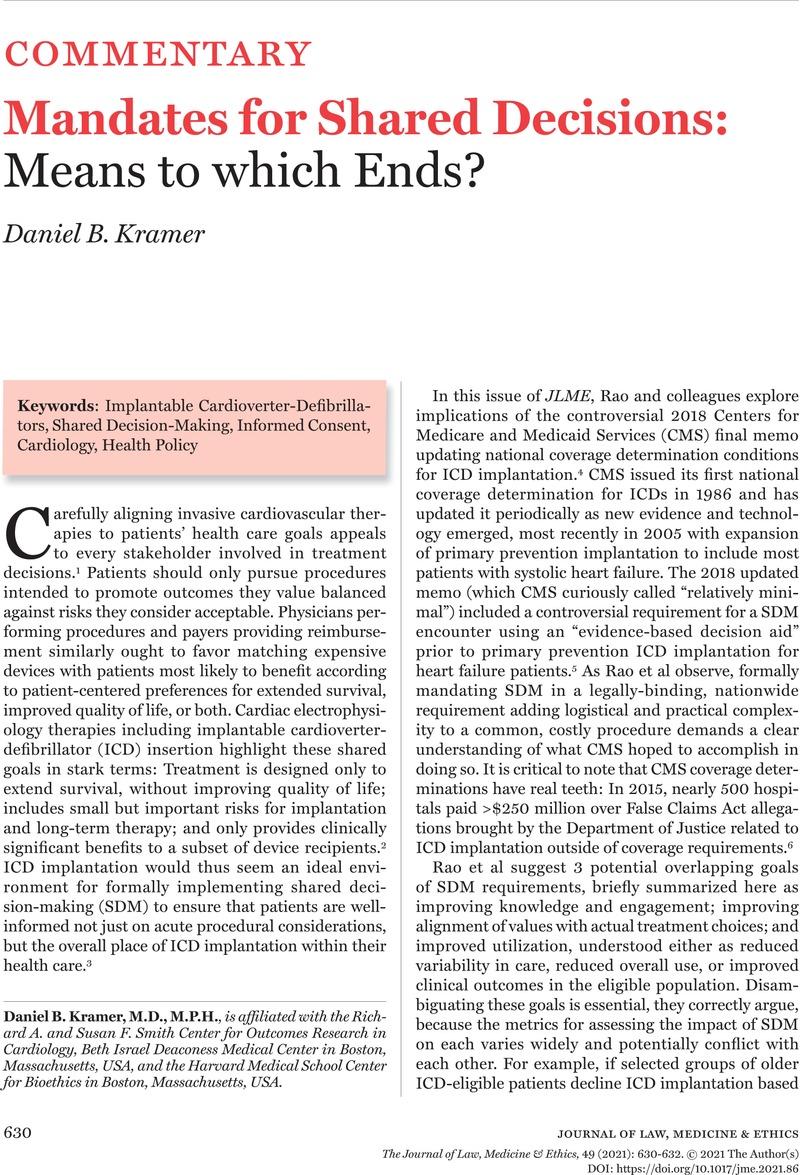Crossref Citations
This article has been cited by the following publications. This list is generated based on data provided by Crossref.
Dissemond, Joachim
Bültemann, Anke
Gerber, Veronika
Motzkus, Martin
Münter, Christian
and
Erfurt-Berge, Cornelia
2022.
Lokaltherapeutisches Vorgehen bei Blasen der Haut: Ein Positionspapier der Initiative Chronische Wunden (ICW) e. V..
Die Dermatologie,
Vol. 73,
Issue. 10,
p.
795.



